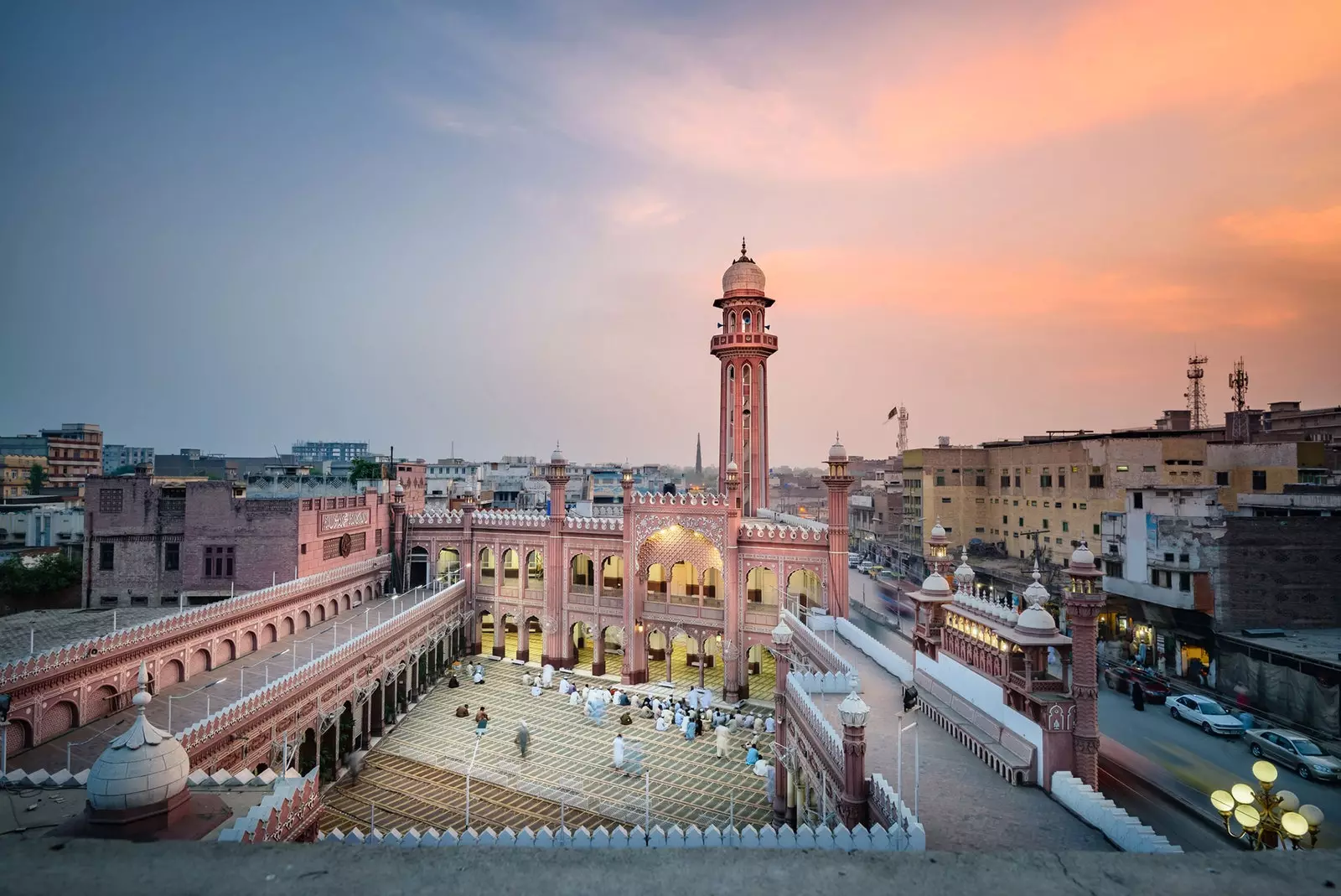
Peshawar vibrates in the shadow of tradition, burqas and Afghanistan
Overshadowed by the terrorism that plagues the neighboring Afghanistan , the border city of Peshawar moves to the rhythm of commerce but with tradition relentlessly marking the pace.
Is about one of the most beautiful, vibrant and chaotic cities in Pakistan , although this last name can be applied to almost everything in this country of the Indian subcontinent.
Peshawar seeks to open up to tourism Y shed the terrorism label , which has crushed its recent history so much as a result of the conflict in neighboring Afghanistan. And it is that it shares more than 1,100 km of border in the Khyber-Pakhtunkhawa region in which it is There are the tribal areas of the country.
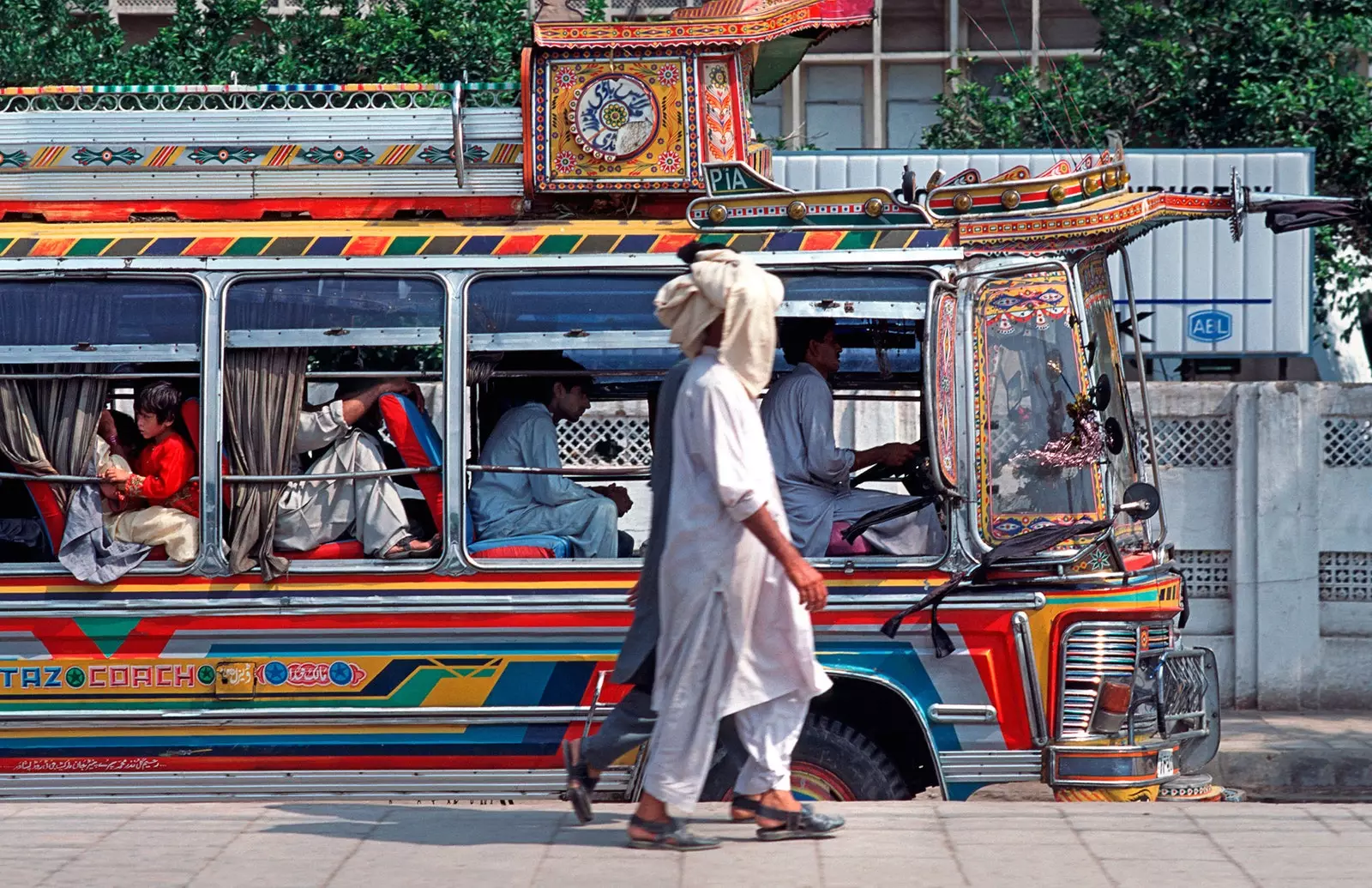
Life on the streets of Peshawar
As a refuge for many Afghans fleeing the turmoil in their country, Peshawar is one of the Pakistani cities where it is immediately striking that most of the few women you see on the streets are covered in the burqa.
Curiously, it is also common to see the men with part of their face covered , taking advantage of the loose part that hangs from the turban, although unlike the burqa, it is not an imposition.
Tradition is felt in this city predominantly muslim and in whose local administration the opinion of the elders of the clan.
Despite around two million inhabitants, it is practically impossible to find a woman who lives alone, according to what she told us Gazhala , a thirtysomething civil servant that she prefers that we do not give more details about her identity.
“ In Peshawar a woman cannot live alone . If she doesn't get married, she lives with her parents, with her siblings, with a cousin or with relatives, but she never alone ”, she explains.
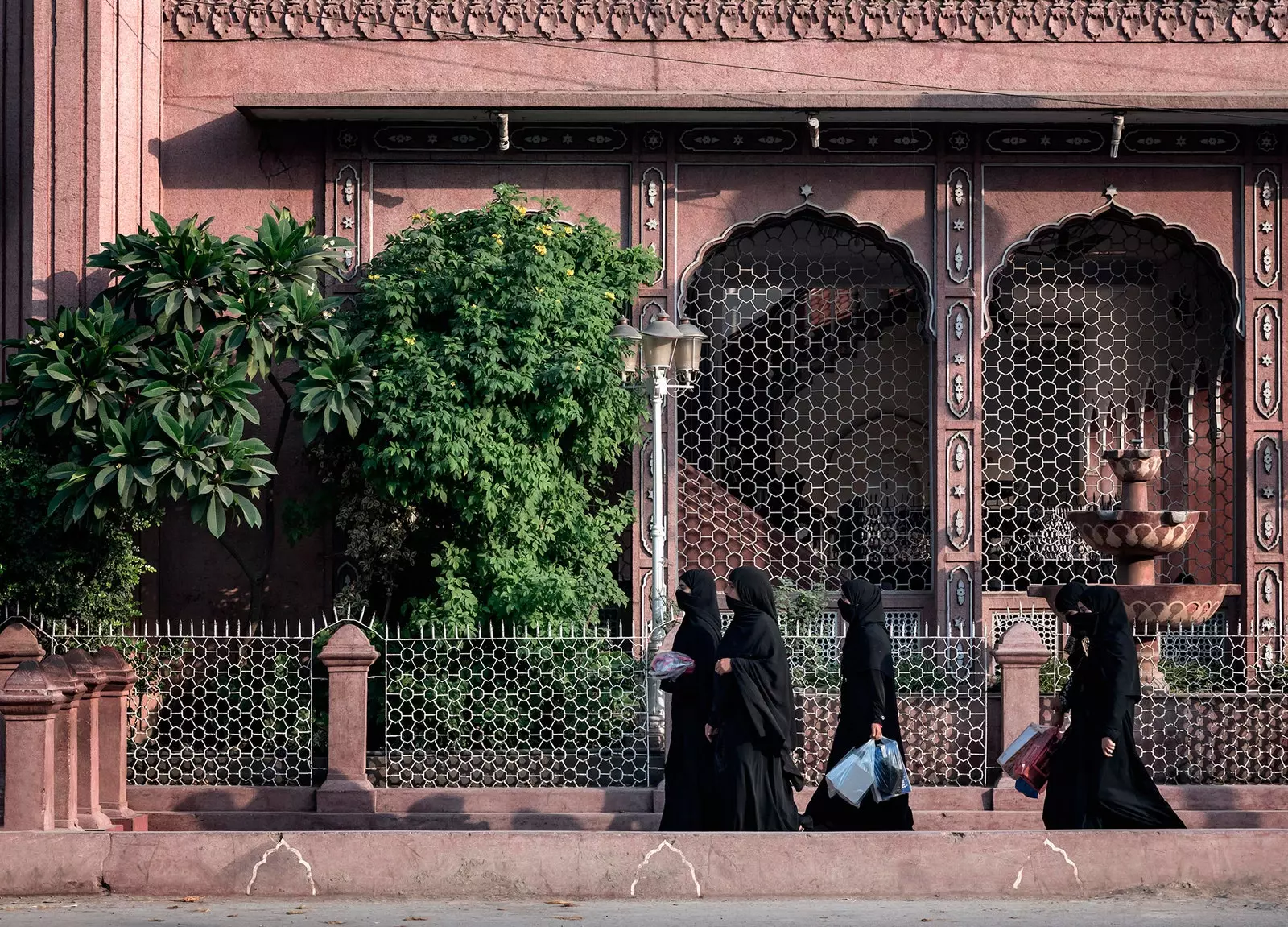
Burqa women in Peshawar
Family relationships are the mainstay of Pakistani society and Gazhala, born and raised in Peshawar, considers herself an open-minded woman but she does not stop complying with the traditions. She usually travels for work, but before traveling she "communicates" her mother-in-law that she goes on a trip without her husband . “It's a formality”, she excuses herself after telling us.
Women can best be seen on their own in Peshawar at the Meena Bazaar, located in the historic heart of the city, near the clock tower, the Cunningham Clock Tower , one of the reminiscences of the British presence.
Of the many bazaars in the city, this is the one for women and you can see them buying veils, burkas, pieces to sew or women's clothing, as well as jewelry trinkets, among others.
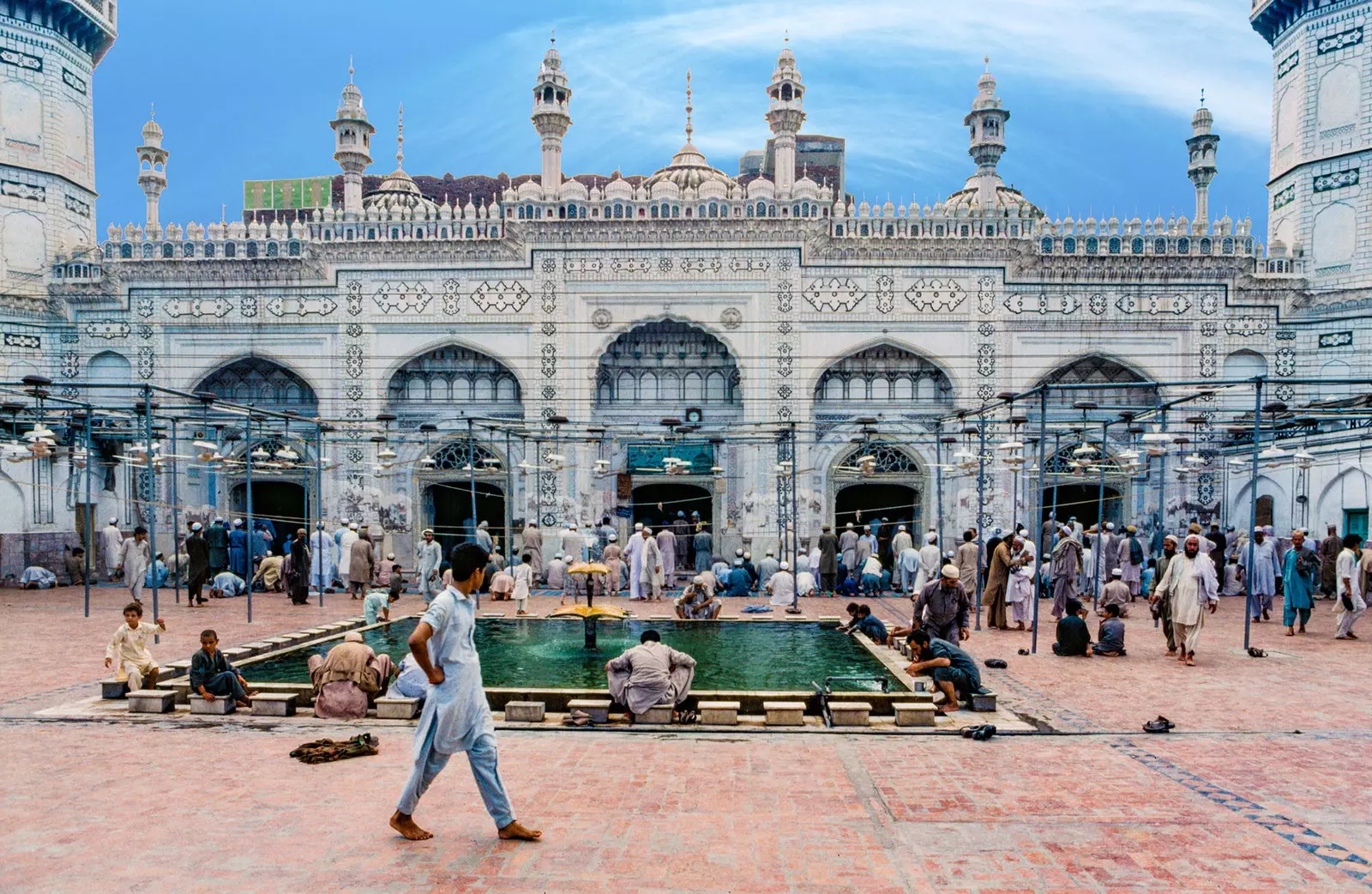
Khan Singh Mosque in Peshawar
The eminently commercial past of this city is palpable not only in the bazaars like Qissa Khawani , that of storytellers, where merchants traditionally recounted their adventures in the past, but also in the central Chowk Yadgar square , where it is not difficult to get a tailored astrakhan hat, so typical for those payments.
But also in one of the obligatory visits of the city: the Sethi Houses , some houses they built in the XIX century rich merchants who settled in the city and whose business networks extended to Russia and Central Asia.
Is about architectural gems built around an interior patio, which stand out for their rich ornamentation in wood and the beautiful wooden coffered ceilings that respond to the Mughal style , the Islamic Turkic empire that spread over what is now Pakistan, India and Bangladesh between the 16th and 19th centuries.
Hardly a few of these constructions remain standing and they are all concentrated in the Sethial Street . One of these splendid homes has been restored and converted into a museum to be visited.
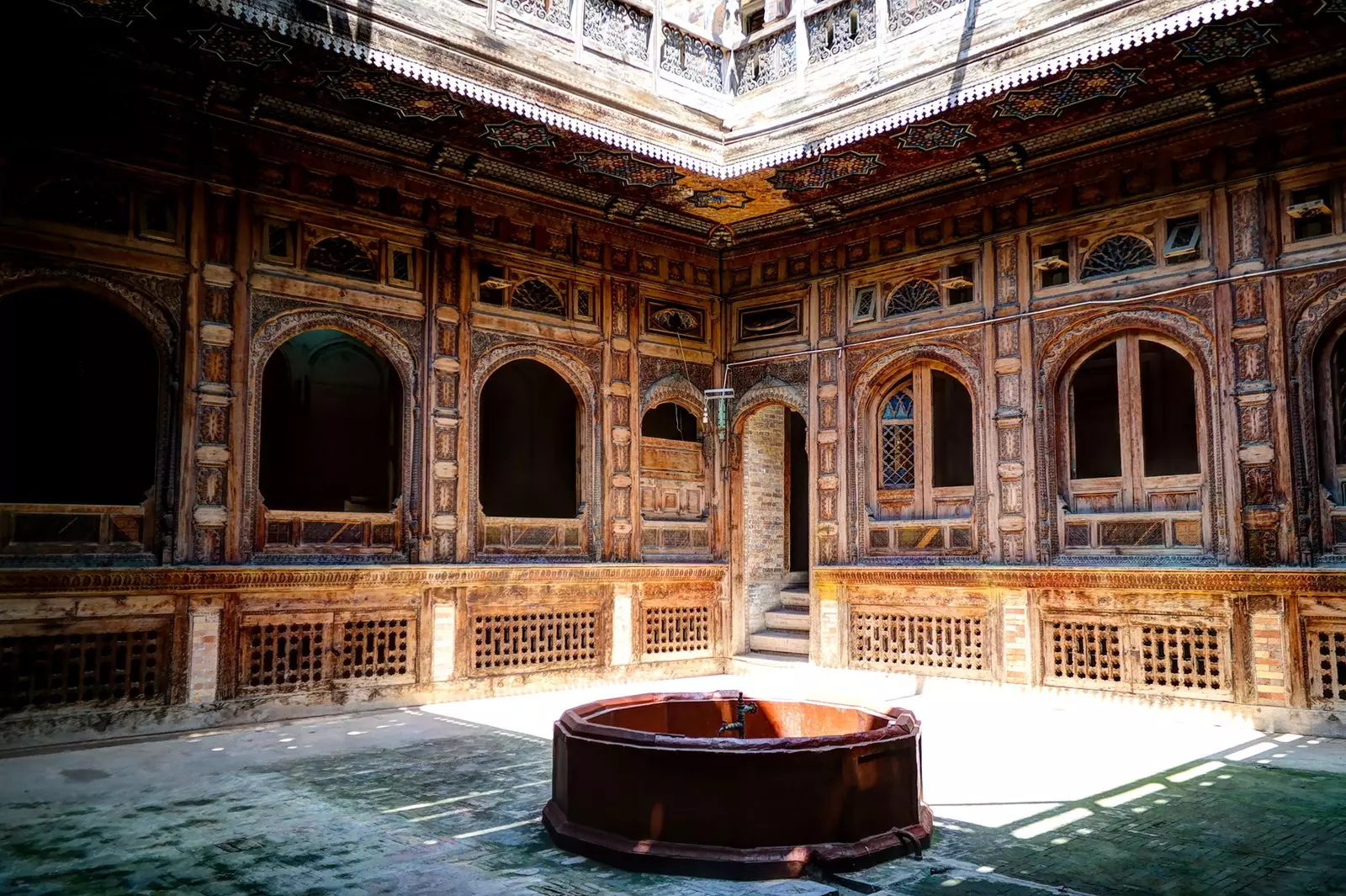
The courtyards of the Sethi houses, in Peshawar
A short distance from the Sethi houses you can find in the middle of the city the remains of a caravanserai, in what is now the Gor Kathri archaeological complex. Currently, only the basic structure of this enclosure remains, intended to provide shelter for merchants and all their animals with which they They transported the goods.
This caravanserai, which shows that Peshawar was an integral part of the Silk Road and dates from the Mughal era, it is in turn a reflection of the history of the city, which lived in its flesh the rise and fall of several empires.
That is why it is not surprising to find there the small Goratnahk Hindu Temple , since in the past it was an important place of pilgrimage for Hindus.
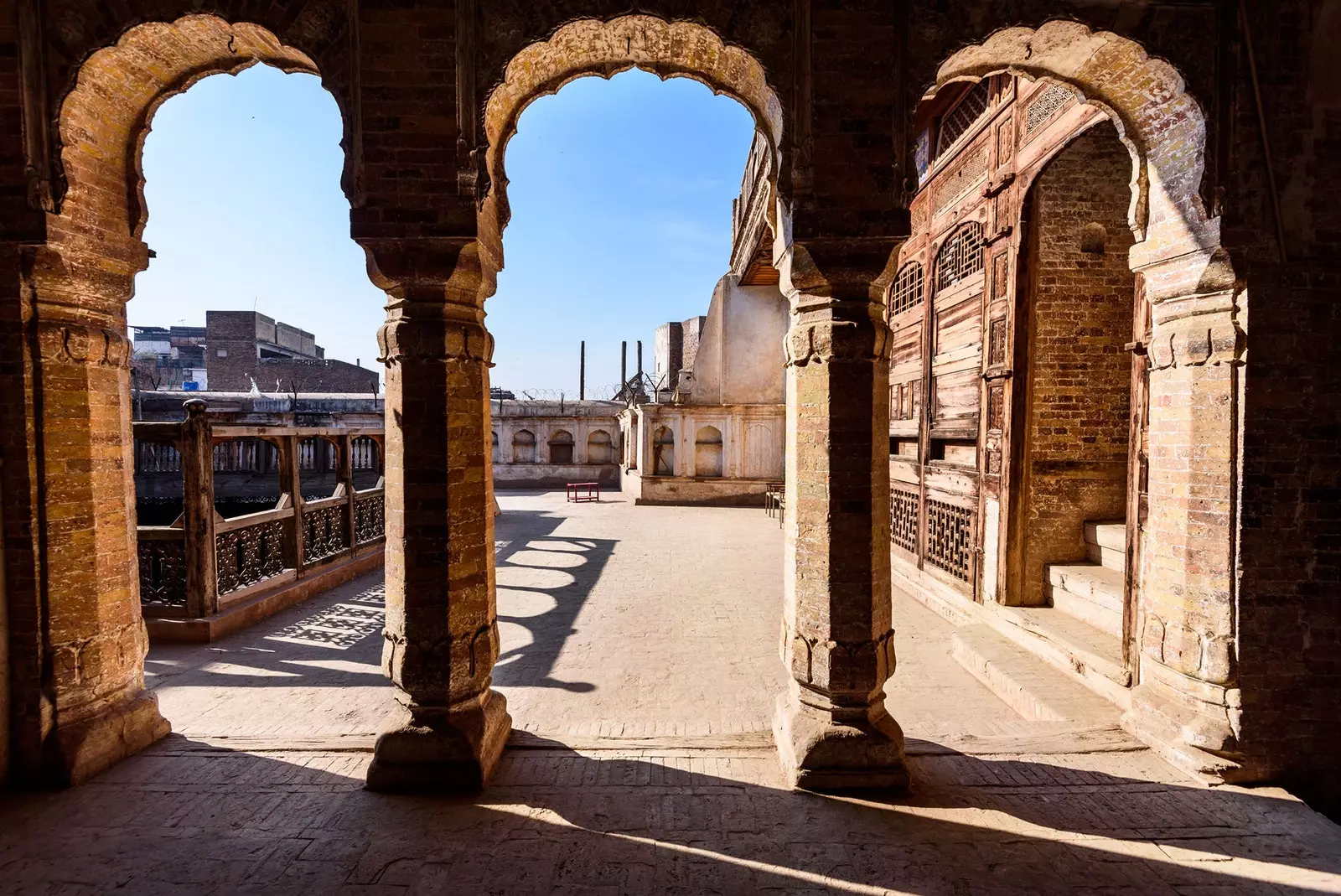
Arches in Peshawar
Archaeological excavations at this location indicate that Peshawar is one of the oldest Asian cities . It has been continuously inhabited from the IV-VI century BC. when he was part of persian empire of the achaemenids.
The Greeks, the Scythians, the Sassanids and a long et cetera of empires disputed over these lands, which they also coveted Hindus, Mughals, Afghan Durranis, Sikhs and British.
Part of that history can be seen in the Peshawar Museum , another one of those visits that is worth not missing. welcome one of the best collections of Gandhara art, the civilization that existed in the region some 2,000 years ago, whose religion was Buddhism, but whose art was clearly influenced by the Greeks.
Hence the fascinating sculptures of Buddhas, which evoke Greco-Roman art, in the museum, where the pieces of wood made by the kalasha , the people who live in the Chitral mountain region , north of Peshawar and who claims to be a descendant of Alexander the Great.
